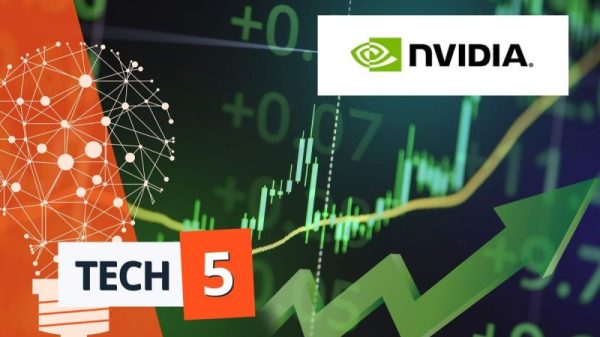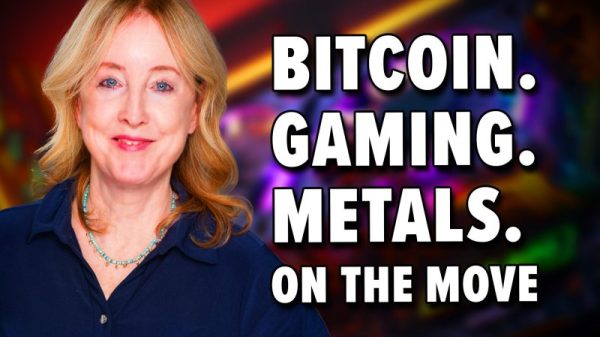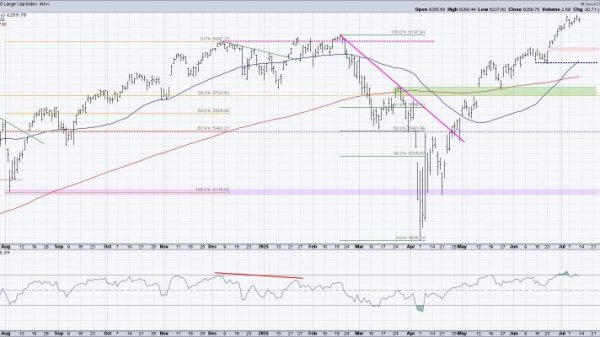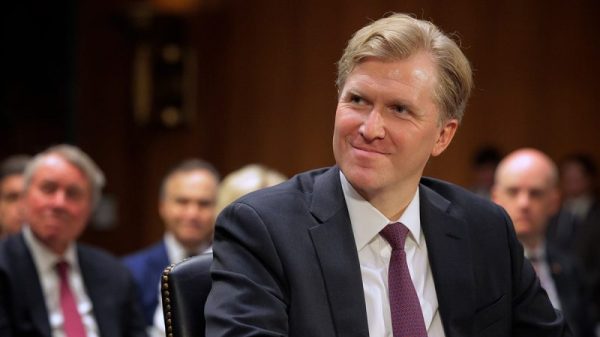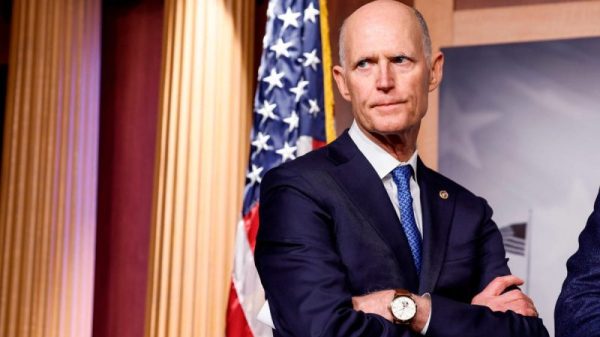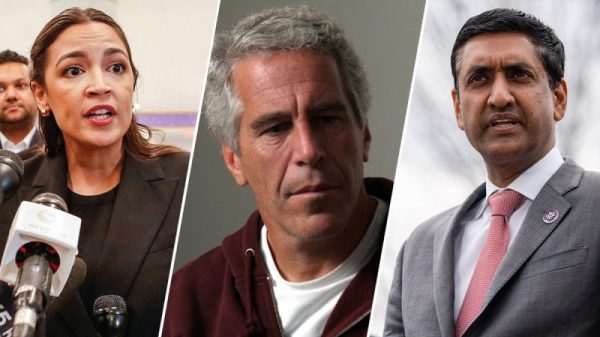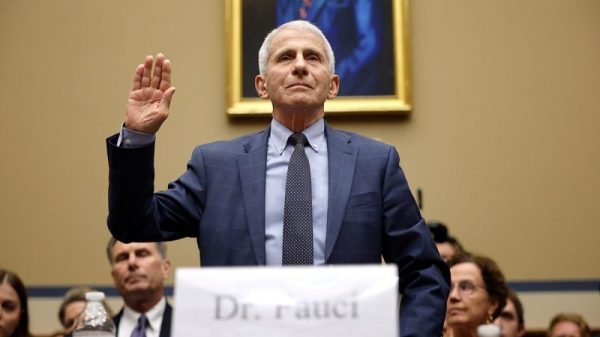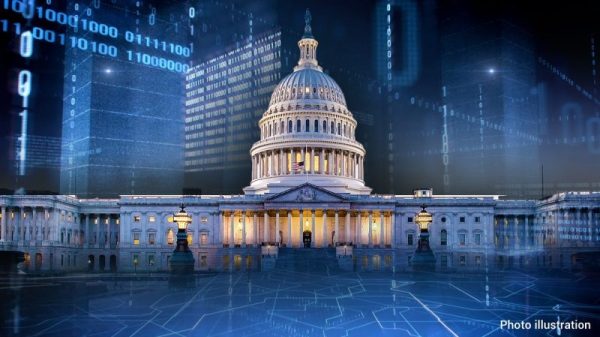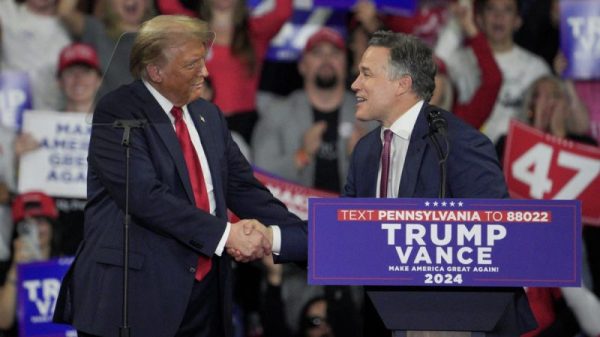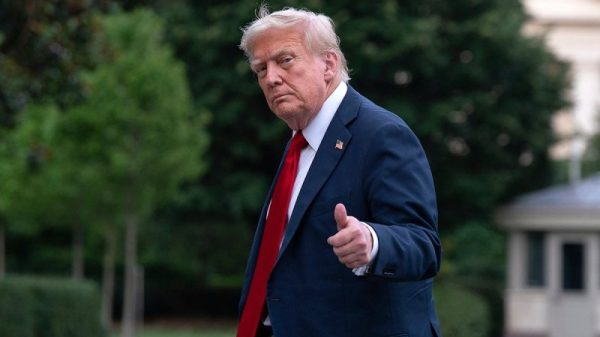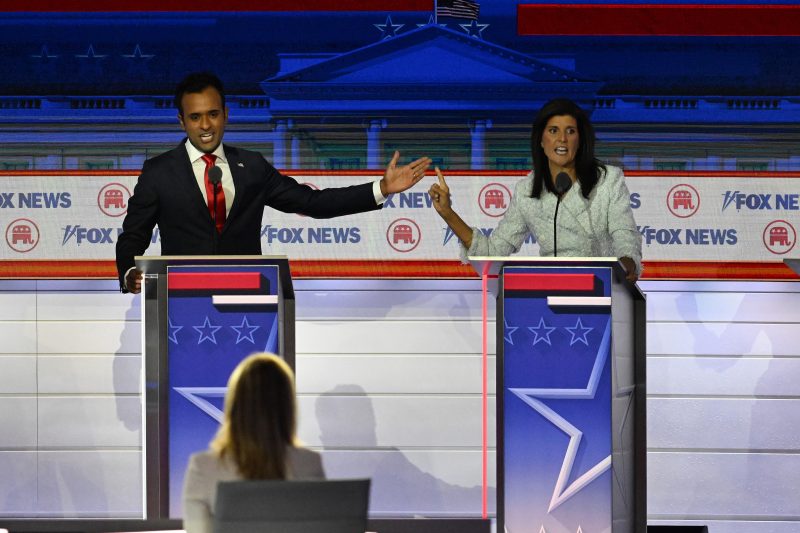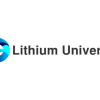KING OF PRUSSIA, Pa. — Jayashree Bhaskar wasn’t surprised when a friend who had visited South India recently told her that tech entrepreneur Vivek Ramaswamy was being talked about all over the news as a rising star in U.S. politics.
Ramaswamy, as well as former U.N. Ambassador Nikki Haley, both vying for the Republican presidential nomination, are hot topics on social media and in WhatsApp groups among people of South Asian descent in this country and abroad.
But while the pair have generated plenty of conversation, and for some even a little pride, their candidacies haven’t generated widespread support among Indian Americans, the vast majority of whom are Democrats.
“It doesn’t matter their background. They do not represent Indian Americans or South Asians, period,” Bhaskar, 64, who calls herself a democracy activist, said as she talked politics with about a dozen friends and acquaintances last month at a café in a strip mall.
Haley and Ramaswamy aren’t necessarily running as representatives of Indian Americans and other South Asians. They talk about their backgrounds as children of immigrants but don’t emphasize their identities, and have not courted Indian Americans in the way liberal candidates often try to connect with voters who share their backgrounds. Haley and Ramaswamy are conservatives, whose politics are at odds with those of Bhaskar and most Indian Americans.
“Their values are so off from the values of the rest of the community,” she said.
For many Indian Americans, Bhaskar said, shared ethnicity and culture is not as important as shared values, such as protecting democracy and women’s reproductive rights, addressing gun violence and fighting climate change. Those values have fueled political activity among Indian Americans and, more broadly, South Asians, an increasingly key constituency in Pennsylvania, a critical battleground in next year’s election. The state is also just weeks away from an election in which abortion access has been a centerpiece in the battle over a state Supreme Court seat.
More so than Haley and Ramaswamy, the candidate who has elicited the strongest reaction from Bhaskar and her politically active friends is former president Donald Trump. The Republican primary front-runner is 43 percentage points ahead of Florida Gov. Ron DeSantis in a Washington Post average of national polls of Republican voters, 57 percent to 14 percent. Haley and Ramaswamy have 6 percent and 5 percent support, respectively, in The Post average.
It was Trump’s candidacy and election in 2016 that many say awakened their political consciousness as they were alarmed by his inflammatory rhetoric. Now, they’re encouraging strong turnout within the South Asian community to ensure he doesn’t get reelected in 2024.
In 2020, 74 percent of Indians voted for Biden compared to 15 percent who voted for Trump, according to a 2022 Asian American Voter Survey by Asian and Pacific Islander American Vote, AAPI Data and Asian Americans Advancing Justice. The same survey found that 56 percent of Indians see themselves as Democrats, 27 percent think of themselves as Independents or other and 15 percent identify as Republicans. A recent Pew Research Center survey found similar results, with 68 percent of Indians identifying or leaning toward the Democratic Party compared with 29 percent who leaned Republican.
Karthick Ramakrishnan, a professor of public policy at the University of California, Riverside, and founder of AAPI Data, said it is historic that two Indian Americans are running in the Republican presidential primary. But, he added, he does not expect to see a “tidal shift” in terms of Indian Americans registering as Republicans to vote in the primary or shifting away from the Democratic Party.
“Part of reason for that is the Republican Party’s stances and positions on immigration, but also generally being seen more as a nationalist and nativist party than the Democratic Party,” Ramakrishnan said.
After the Sept. 11, 2001, terrorist attacks, he said, many Indian Americans became “more politically active in the face of discrimination and violence against our communities.”
The number of Indian Americans settling in Philadelphia and its surrounding suburbs has grown rapidly over the past two decades, with many moving here for job opportunities in the area’s growing tech and pharmaceutical industries. Since the early 2000s, Millbourne in Delaware County has been considered the first municipality in the state with a South Asian majority. In some parts of Chester County, South Asians make up a majority of the students in a few elementary schools. And Montgomery County could elect the state’s first South Asian county commissioner in November.
Bhaskar’s husband, K.S., can measure just how large the community has grown by the number of Indian grocery stores in the area. K.S. recalled how he and Jayashree used to drive 90-miles one-way to Edison, N.J., to reach an Indian grocery story when they first moved to the area 25 years ago. Now, there are at least a dozen South Asian grocery stores within a five to 10-mile radius.
In the last few years Indian American participation in politics — both in running for office and voting — has increased dramatically. Rep. Ro Khanna (D-Calif.) said it’s hard to nail down the exact reason for the upswing in political participation: It could be a new generation of South Asians coming of age. It could be a reaction to Trump’s 2016 election. It could be Barack Obama’s presidency that showed people of color could ascend to leadership positions.
“Over the last five years, you’ve just seen an explosion of activism and of people running for office” across the country, said Khanna, who was raised in the Philadelphia area.
One of those running for office is Neil Makhija, the president of Impact, a national Indian American advocacy group. He’s hoping to be elected to the Montgomery County Board of Commissioners, and become the first South Asian county commissioner in Pennsylvania.
Knocking on doors on a recent Saturday afternoon in a South Asian-heavy neighborhood in Royersford, Makhija and Sagar Sharma, a fellow South Asian and candidate for local school board, marveled at the growing political awareness and involvement among their community.
Almost every door they knocked on led to a conversation with voters. They shared their concerns over how polarized the country is and discussed such issues as keeping children safe in schools and the need to reform the immigration system. They met a few people who support them but are unable to vote because they’ve been stuck for years in the U.S. green card backlog. Those they spoke to who could vote for them said that they would.
“This is doing the work to turn people out,” Makhija said. “And it’s happening in other states like North Carolina, Michigan, Georgia, Arizona. We can be the margin. We can make the margin.”
K.S. said Trump’s election in 2016 motivated him and his wife to help other South Asians become more politically engaged.
K.S., who owns a software company, wrote a program that would allow him to extract all of the South Asian names from the state’s voter registration list. Initially, they focused on filtering for South Asian names in Chester County, where they live — and began calling and sending out postcards. In 2018, they worked to help elect Rep. Chrissy Houlahan (D-Pa.), flipping their home district from red to blue.
As word got out, the national organization They See Blue, which was founded in 2018 to get South Asians out to vote for progressive candidates, contacted them to ask if they wanted to collaborate on outreach. They then founded the organization’s Pennsylvania chapter, although K.S. emphasizes it’s still a grassroots effort with no formal structure. The most official programming they have, he said, is an annual picnic.
Bhaskar ran his software on the April 2023 list of registered voters from the Pennsylvania Secretary of State’s office and found that there are more than 93,000 voters tagged as likely South Asian in the state. (In 2020, Biden won Pennsylvania by just over 80,000 votes.) Of those, 57 percent are registered Democrats, 13 percent are registered Republican or Libertarian and the rest — 27 percent — are unaffiliated or registered with other parties.
Ramaswamy and Haley are not the first Indian American political figures who have generated buzz in the United States and abroad. Haley has been on the national political stage for years, initially when she was elected governor of South Carolina in 2010, and then as United Nations ambassador to Trump. Before her, Bobby Jindal, a Republican from Louisiana, who in 2007 was elected the first governor of Indian descent. In 2015, he launched an unsuccessful bid for the Republican presidential nomination.
In her stump speech, Haley has mentioned the fact that she is one of the first women of color to be elected governor as evidence the United States is not a racist country. She also has referred to her childhood in Bamberg, S.C., growing up in the only Indian family in town.
“I would come home and my mom would say your job is not to show them how you’re different, your job is to show them how you’re similar,” Haley said.
Ramaswamy has not focused much on his identity on the campaign trail. On some of his campaign stops, he has said how “no matter who you are or where your parents came from or what your skin color is or how long your last name is” anyone can still can get ahead in this country with hard work and determination.
Ramaswamy has also faced questions from voters about his Hindu faith. He has explained that he is Hindu and would “never pretend to be something else to please an audience,” but says he shares the Judeo Christian values the United States was founded on.
Vice President Harris is the first woman and South Asian American to hold that office. Harris’s late mother was an immigrant from India and her father is from Jamaica. Sitting around the table at the local café, the Bhaskars and their friends talked about how Harris being named Biden’s running mate in 2020 was a major source of pride. But several said they were frustrated she hasn’t been more in the spotlight during the president’s first term.
If the group of Democratic and independent Indian Americans aren’t excited about Haley and Ramaswamy, Republican Prasanna Jog is.
Jog, 48, a chemical engineer living in Montgomery County, was a Democrat for many years before making the switch two years ago. In a phone interview, he explains his reasoning as two-fold: He felt the Democratic Party was being too “influenced by people on the extreme left” and he saw the Republican Party “showing more openness to diverse people.”
Ramaswamy is Jog’s top pick in the primary because the wealthy businessman is “fresh and not a career politician.”
He admits some of Ramaswamy’s comments — like wanting to get rid of the FBI — don’t resonate with him. But he does believe Ramaswamy could work with people on both sides of the aisle.
“It’s heartwarming to see an Indian American, like me … becoming prominent in the Republican primary race,” Jog said. “That is definitely a factor. But at the end of the day it is about this country. What matters is what he can do for this country.”
Ramesh Desai, 81, has been a Republican since the mid-1970s. He believes that some Indian Americans are moving away from the Democratic Party because of Biden and what he views as Democrats being soft on crime and letting the U.S. southern border get out of control.
He sees an opening for Haley, who he feels “brings fresh ideas” to solve today’s most pressing issues. Desai said he donated to Haley’s campaign when she ran for South Carolina governor, and believes she would accelerate the trend of Indian Americans and other minorities moving to the GOP.
Desai also likes Ramaswamy for his “enthusiasm and his strong beliefs,” but describes Haley as “a wiser version. Haley carries herself very well.”
Back at the café, the group of more left-leaning Indian Americans saw little reason to celebrate Haley and Ramaswamy’s candidacies.
Madhu Gurthy, 46, a school board director in the Downingtown Area School District, said she liked Haley “once upon a time but ever since she’s trying to engage in Trump politics, which is utilize anger and hate as weapons, she lost my respect completely.”
She recently asked her son, who’s a junior in high school, how he and his friends feel about Ramaswamy and he responded one word: “Cringe.”
Gurthy’s husband, Sriram, 50, an I.T. manager, acknowledged that while he doesn’t agree with Ramaswamy’s politics at all, “somewhere inside, yes” he feels some pride to see Ramaswamy getting national attention.
“Given that this community has been so reticent in terms of getting into the spotlight, that there are people who are pushing the envelope a bit and getting into the spotlight … I do feel that is a good thing that has to happen even if it’s on the wrong side of the political divide,” Sriram said.
Scott Clement, Emily Guskin and Dylan Wells contributed to this report





